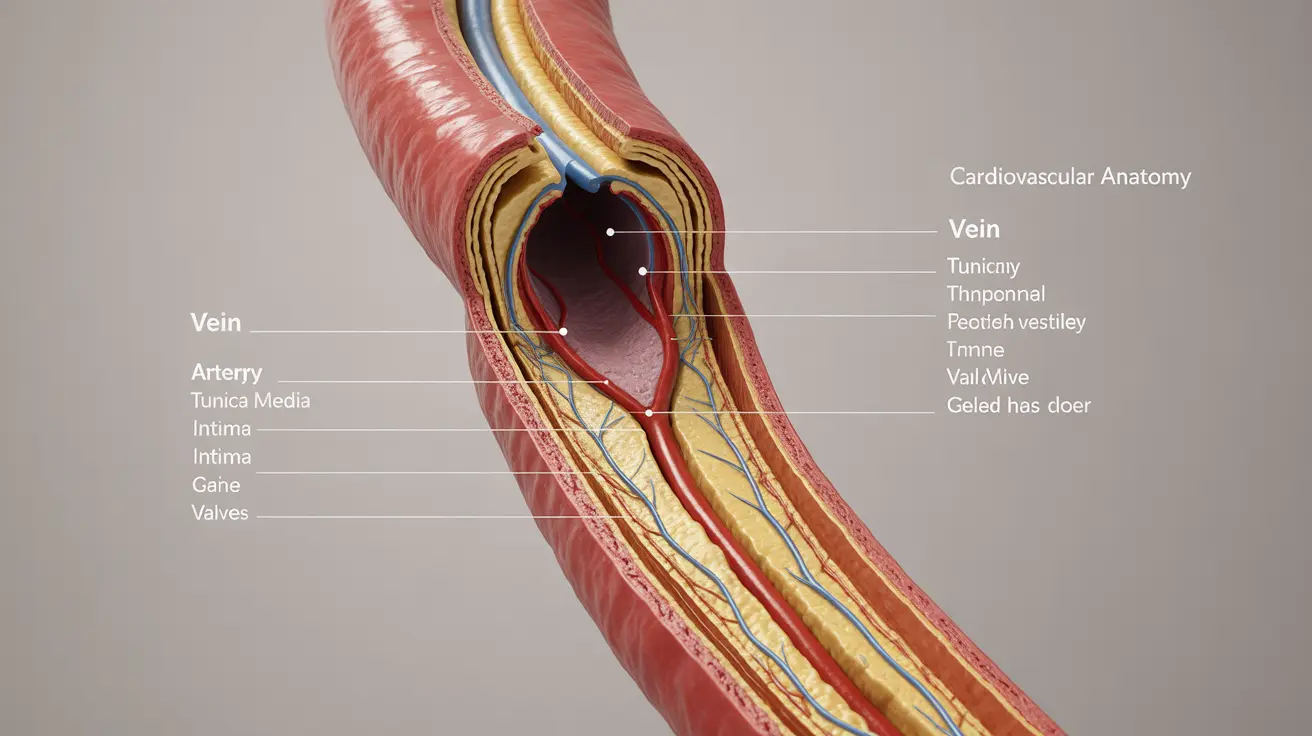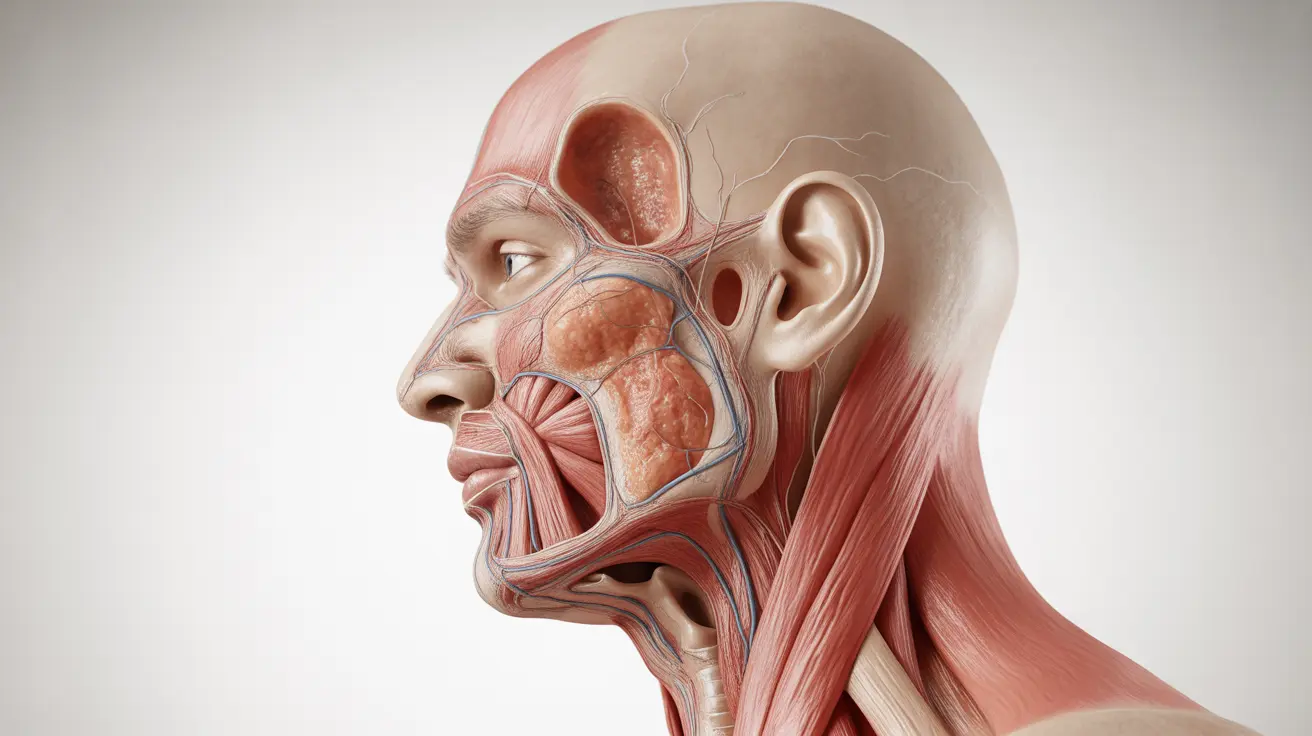The human circulatory system relies on an intricate network of blood vessels to transport vital nutrients, oxygen, and waste products throughout the body. Two major types of blood vessels - arteries and veins - play distinct but complementary roles in maintaining healthy blood circulation. Understanding their differences is crucial for recognizing potential health issues and maintaining cardiovascular wellness.
Let's explore the fundamental distinctions between arteries and veins, from their structural characteristics to their specific functions in blood circulation.
Structural Differences Between Arteries and Veins
Arteries and veins exhibit several key structural variations that reflect their specialized functions in the circulatory system:
Vessel Wall Composition
Arteries have thicker, more muscular walls composed of three distinct layers. This robust structure helps them withstand the high pressure of blood pumped directly from the heart. In contrast, veins have thinner walls with less muscle tissue, as they operate under lower pressure conditions.
Size and Elasticity
Arterial walls contain more elastic tissue, allowing them to expand and contract with each heartbeat. This elasticity helps maintain consistent blood flow throughout the body. Veins are generally larger in diameter but less elastic, serving as blood collection vessels.
Blood Flow and Oxygen Content
The direction and nature of blood flow differ significantly between these vessel types:
Arterial Blood Flow
Arteries carry blood away from the heart under high pressure, creating a pulsating flow that can be felt as a pulse. Most arteries transport oxygen-rich blood, except for the pulmonary artery, which carries deoxygenated blood to the lungs.
Venous Blood Flow
Veins return blood to the heart under lower pressure. Most veins carry deoxygenated blood, except for the pulmonary veins, which transport oxygen-rich blood from the lungs back to the heart.
The Role of Valves in Blood Vessels
One of the most distinctive features between arteries and veins is their internal structure:
Venous Valves
Veins contain one-way valves that prevent blood from flowing backward, especially important in the legs where blood must fight gravity to return to the heart. These valves are crucial for maintaining efficient circulation and preventing blood pooling.
Arterial Structure
Most arteries lack valves because the strong pressure from heart contractions is sufficient to maintain forward blood flow. The exception is the pulmonary artery, which has a valve at its origin from the heart.
Common Health Conditions
Different types of blood vessels face distinct health challenges:
Arterial Health Issues
- Atherosclerosis (hardening of arteries)
- Hypertension
- Arterial aneurysms
- Peripheral arterial disease
Venous Health Issues
- Deep vein thrombosis (DVT)
- Varicose veins
- Chronic venous insufficiency
- Spider veins
Frequently Asked Questions
What are the main structural differences between arteries and veins?
Arteries have thicker, more muscular walls with greater elasticity to handle high-pressure blood flow from the heart. Veins have thinner walls, larger diameters, and contain valves to prevent backward blood flow.
How do arteries and veins differ in the direction and oxygen content of blood flow?
Arteries typically carry oxygen-rich blood away from the heart (except the pulmonary artery), while veins usually transport deoxygenated blood back to the heart (except the pulmonary veins). Arterial blood flows under high pressure, while venous blood flows under lower pressure.
Why do veins have valves but most arteries do not?
Veins need valves to prevent blood from flowing backward due to gravity and low pressure. Arteries don't typically require valves because the strong pressure from heart contractions maintains forward blood flow.
What are common health problems associated with arteries versus veins?
Arteries commonly face issues like atherosclerosis and hypertension, while veins more frequently experience problems like varicose veins and deep vein thrombosis. Each vessel type requires different approaches for prevention and treatment.
How can I tell if a blood vessel under my skin is an artery or a vein?
Veins are typically visible through the skin as blue or purple lines and can be easily compressed. Arteries are usually deeper, cannot be seen through the skin, and have a noticeable pulse. Veins also appear more prominent when standing.




